How Lima, Peru Became One Of The World’s Greatest Food Towns
Peru’s capital city is a must-visit for foodie travelers.
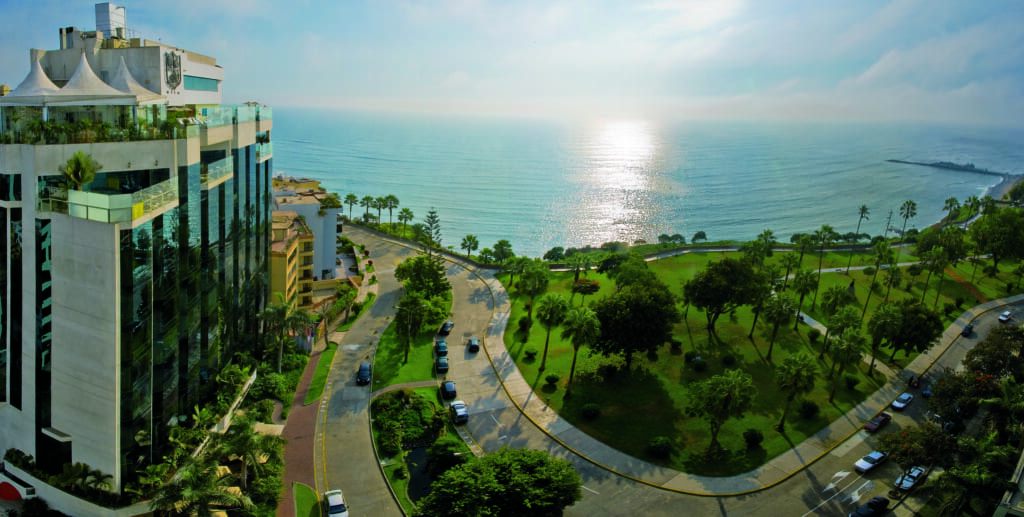
(Byoleksandra Korobova via Getty Images)
“There comes a point where you feel that you have traveled a lot and you still do not know it all, and you [realize you] have not traveled enough and in fact you never will,” Chef Virgilio Martínez reveals about the unspoken instinct that pulled him home to Lima, Peru after spending a decade honing his craft overseas.
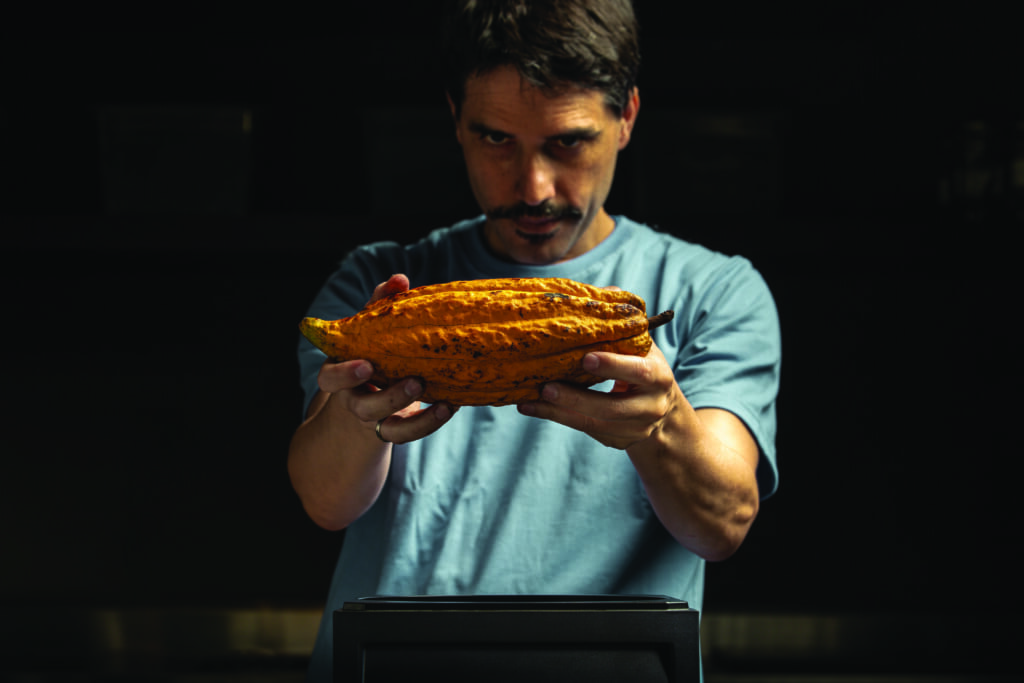
(Gisella Benavides courtesy Central)
“There comes a moment of reflection on who you are, your origin, where you belong—I took it as an internal journey to return home and really understand where I had escaped from.”
When Martínez left his country as a young man in the ’90s, Peru had no culinary schools, and violent civil unrest made domestic travel nearly impossible. Yet curiosity compelled exploration, so while he wasn’t particularly drawn to the gastronomic arts the young adventurer saw cooking more as a means to see the world. Which he did, for a decade, sharpening his blade in some of the best kitchens across Europe and America.
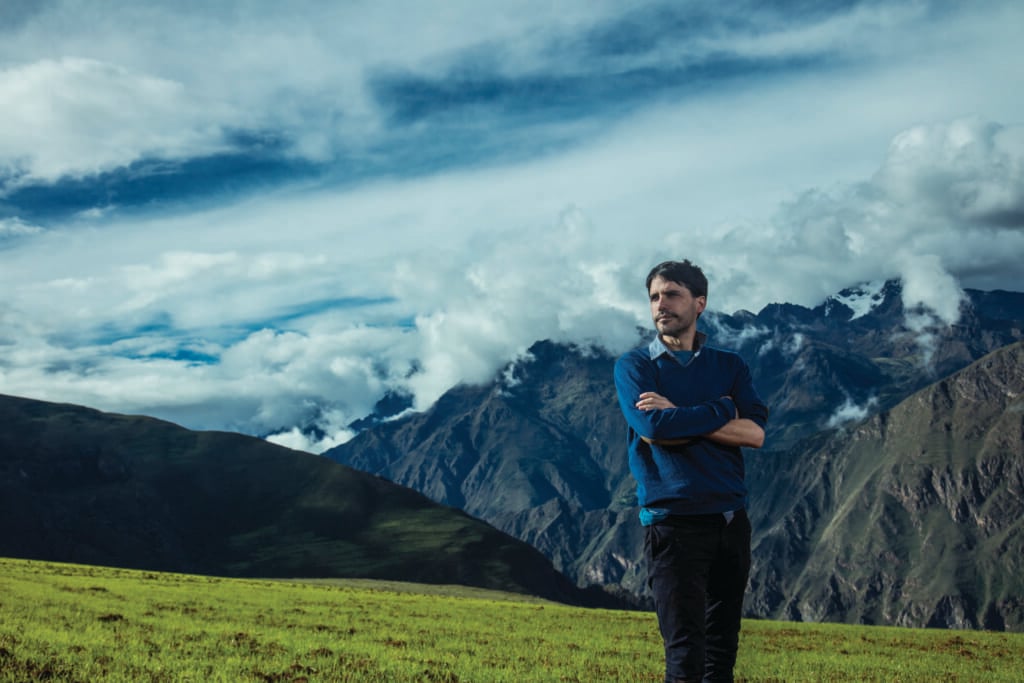
(Gutavo Vivanco/Central)
Today it’s not hyperbole to describe the Michelin-starred Martínez as one of the most acclaimed and innovative chefs on the planet. But unlike many his innovation is not born from new tools or techniques (although he employs plenty of both), nor from foraging obscure ingredients from a forest floor (although he does that too). What makes Martínez one of the most electrifying, novel chefs is the embracement of his motherland’s unique indigenous ingredients and singular landscape.
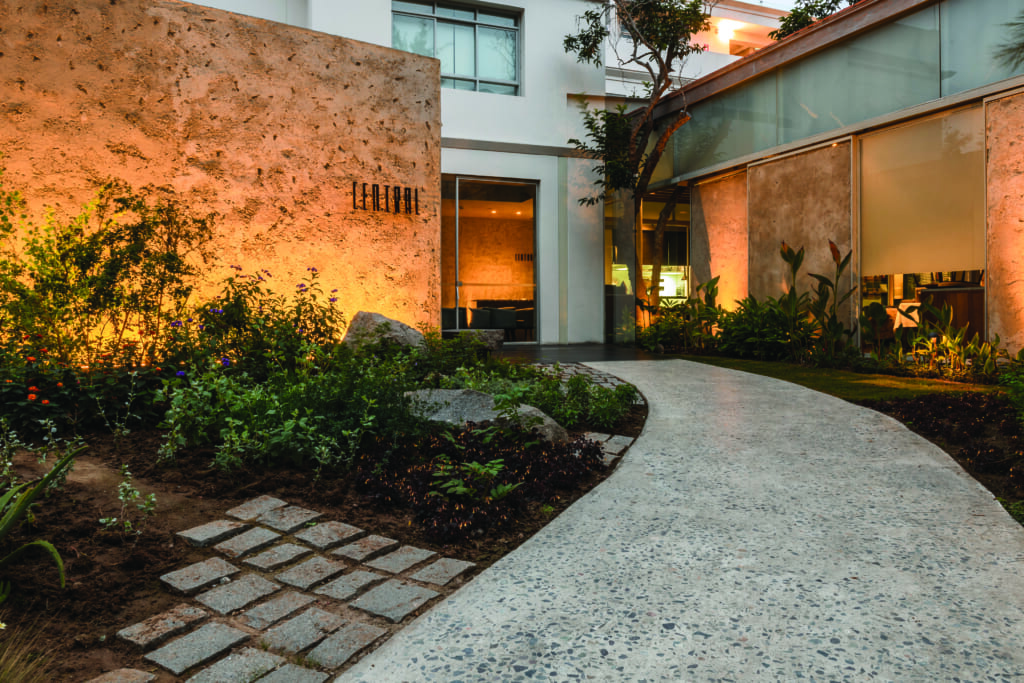
(Ken Motohasi/Central)
“Part of learning to understand Peru is that it is not seen as a seasonal issue, it is seen in a different way: its agriculture is seen by its altitudes,” explains Martínez. Meaning when visiting the indigenous Andean people he learned to perceive the land and its food not by season or area but by verticality. The altitude from where an ingredient originates dictates how it should be used. Having learned his craft in the highly structured kitchens of Europe, this epiphany was one that shaped Central to its core.
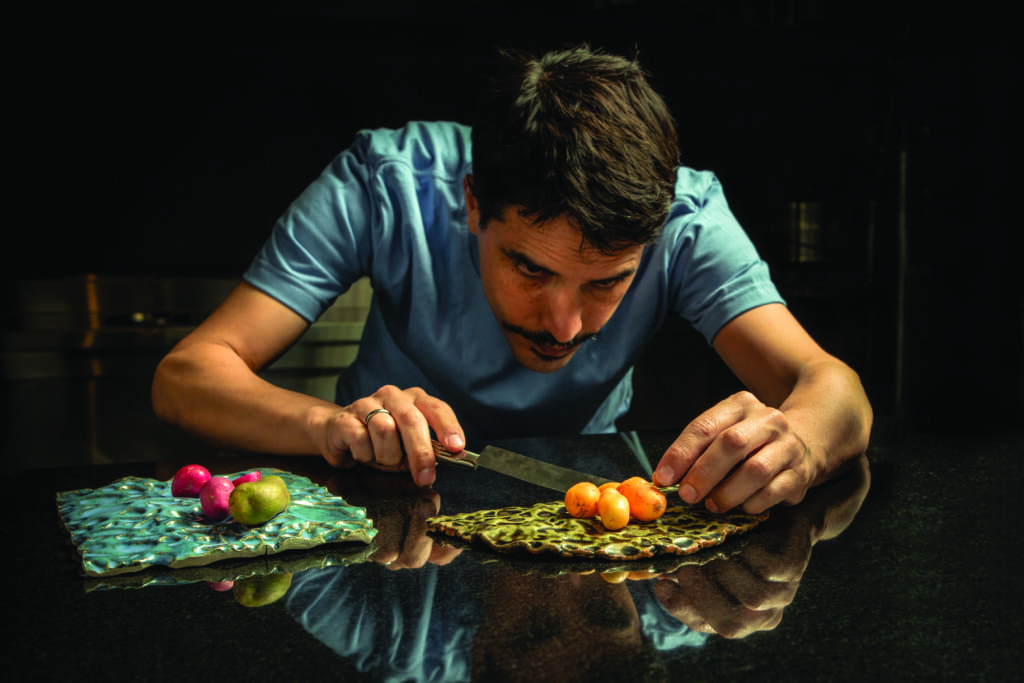
(Gisella Benavides/Central)
Dining at this coveted restaurant—reservations are booked three months in advance—tucked into the Barranco neighborhood is not so much nutrition as a gastric gallery of sorts: a four hour guided tour across Peru, each course not based on location but elevation. Martínez’s Territorio en Desnivel (“Uneven Territory”) tasting menu journeys across eleven ecosystems ranging from below sea level (a combination of squid with yuyo seaweed) to a dizzying 14,000-feet high (a harmony of corn).
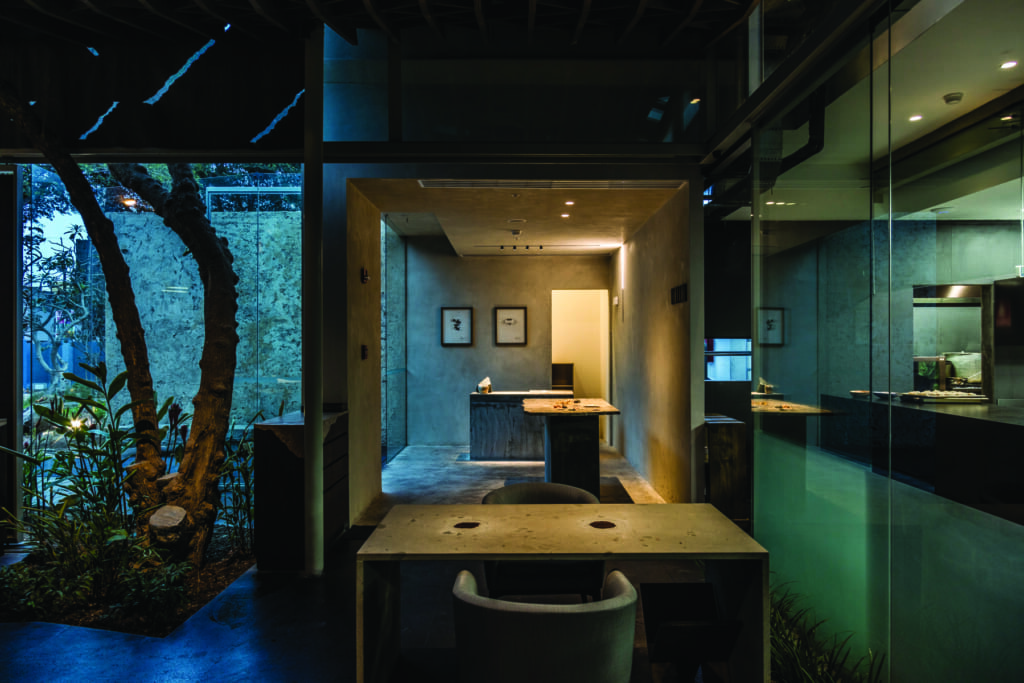
(Gustavo Vivanco/Central)
Other highlights included fresh scallops layered with dried shaved corn appearing more like crisp autumn leaves, and urchin soaked in foam. Before each course the waiter brings a display of the ingredients in raw form, to not only grasp the organic nature of each item but also the crazy alchemy Martínez’s prodigious staff performs.
Combining these immaculate presentations with the décor of Central—polished stone tables, floor-to-ceiling windows, twisting trees and plants sprouting through the floor, an inviting open kitchen and overwhelming sense of natural elements—creates an experience in tune with being an alien exploring the climates of Earth more than a simple meal.
The awards have piled up: Martínez was crowned the the Best Chef in the World by the Chefs’ Choice Award in 2017. He was highlighted in the third season of Netflix’s superb food-porn series Chefs’ Table. This is the stratosphere to which Martínez has risen. But there’s an authenticity there, a diligent ethos remains to stay true to his country and its people that defines everything he does.
“Agriculture and food is not and has never been a trend in Peru, which makes it very real,” he explains. “That made me understand that I wanted to know more about Peru, and the country gives you a lot. I stayed here and somehow it was my responsibility and what I had to do.”
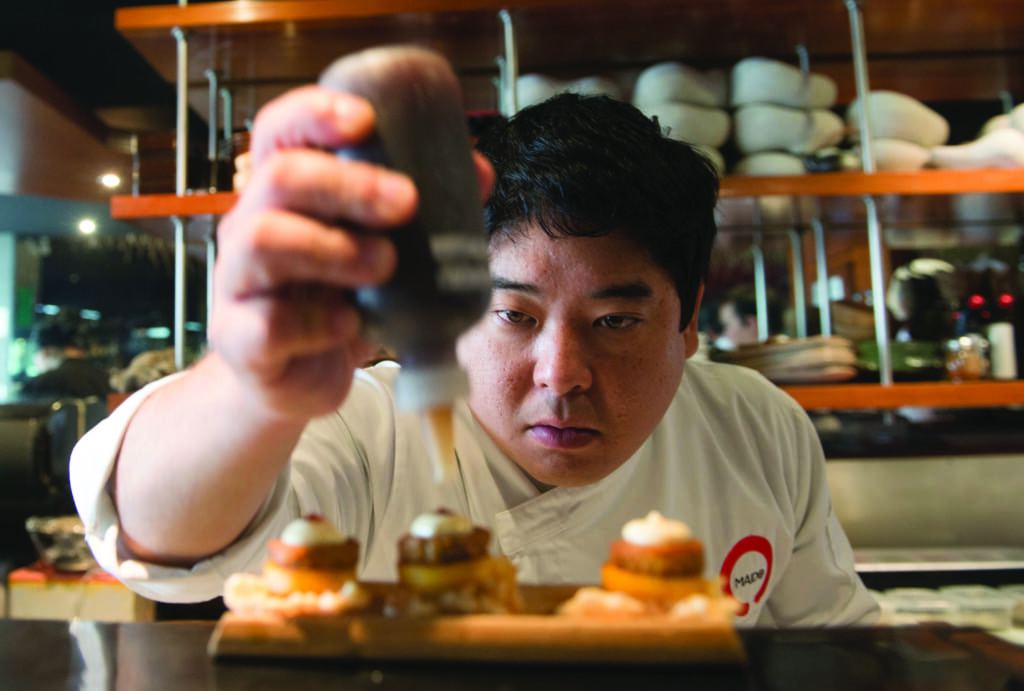
(Cris Bouroncle/AFP via Getty Images)
Central makes a logical place to start any conversation about Lima’s culinary excellence and the vibrant food scene that has blossomed around it. No city other than Copenhagen also has two restaurants on the current top 10 of the prestigious World’s 50 Best Restaurants list. Lima has Central (#4) and Maido (#7), partly responsible for earning Peru eight consecutive World Travel Awards for Leading Culinary Destination. To put it in context the highest entry in all of America is New York’s Cosme at #22.
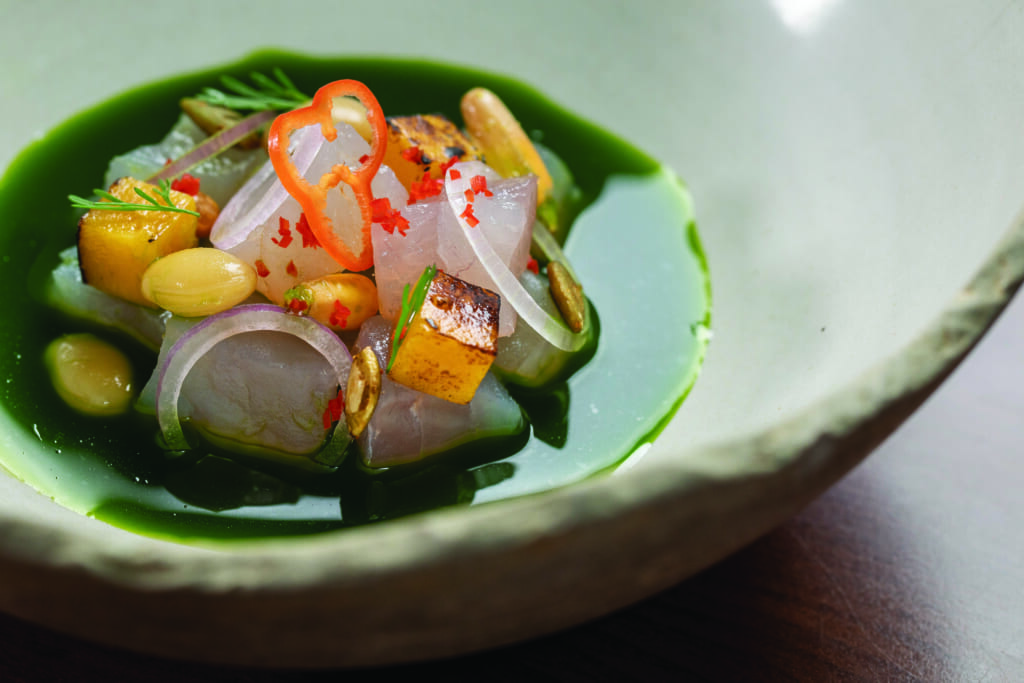
(Astrid y Gaston)
Needless to say Central is only the beginning. Actually, chronically speaking Astrid & Gastón (#96 in the World, #1 in the inaugural Latin America’s 50 Best Restaurants list) is really where it all began. Opened in 1994 by Gastón Acurio and his pastry chef wife Astrid Gutsche, Astrid & Gastón is widely acknowledged as ground zero for staking Peruvian food on the global map.
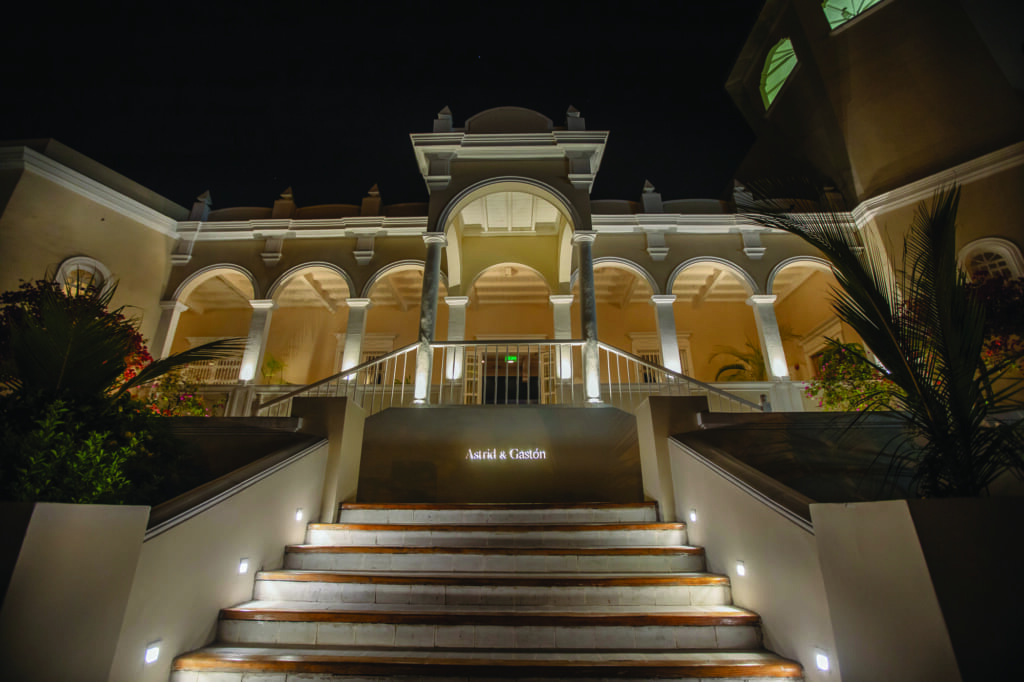
(Giancarlo Aponte/Astrid y Gaston)
Originally in Miraflores, overflowing reservation books moved them into the expansive halls of a colonial hacienda in the swankier San Isidro neighborhood. The white mansion lends the entire dining experience a sense of refined old-world grandeur. We sat on the terrace looking down at the courtyard where under the shade of a large tree a bartender mixed world-class cocktails; I leaned into the pisco-based tipples to learn as much as possible about the grape-distilled Peruvian spirit.
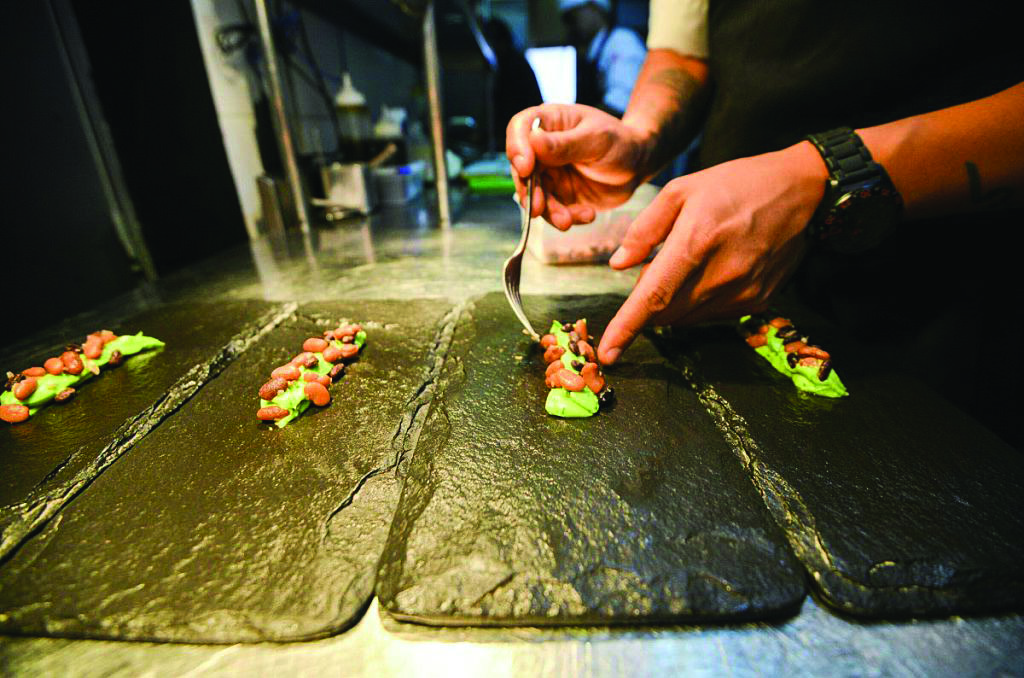
(Cris Bouroncle/AFP via Getty Images)
Another tasting menu offered a conveyor belt of culinary delights and curiosities: dumplings made of folded calamari filled with clam; crab chawanmushi, a Japanese dish where the shellfish is steamed into a custard; a sphere of mashed green ‘pea meatball’ squirts warm broth inside; twin barnacles—yes, barnacles—come drizzled in mint and olive oil (not sure why they’re not eaten more widely, except that I almost broke a tooth on their bone-tough claw). An angus steak with olluco pickle was the night’s champion… until the gooey chocolate and carob volcano cake lands on the table.
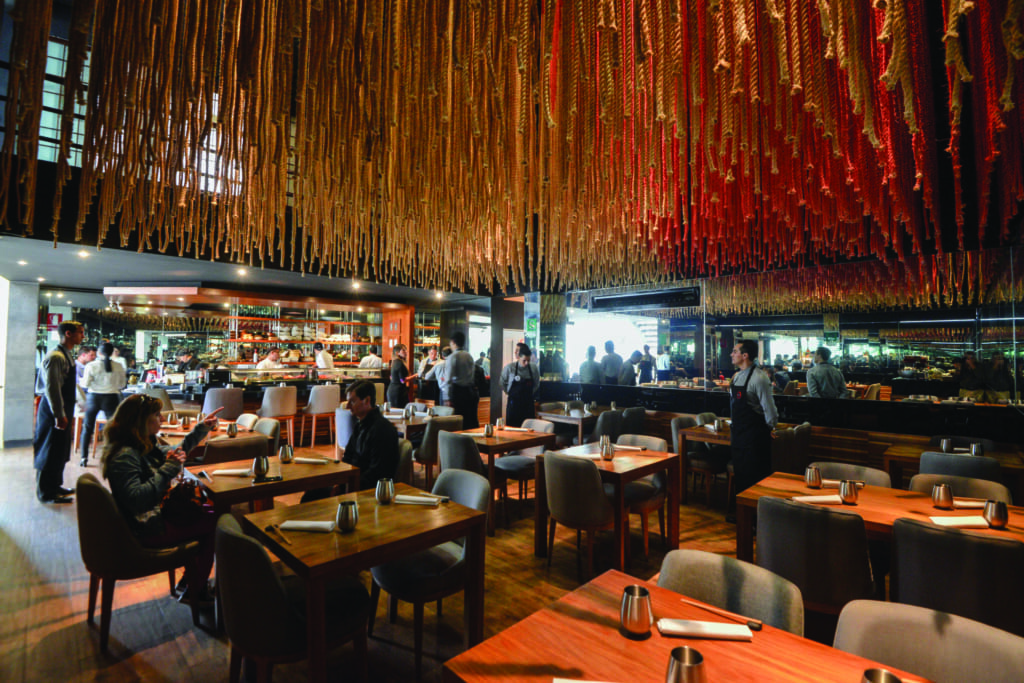
(Cris Bouroncle/AFP via Getty Images)
While both Central and Astrid & Gastón require reservations booked months in advance, Acurio’s more informal option La Mar makes for a much more attainable meal. The open-air cevichería feels infinitely more relaxed, and takes itself much less seriously.
Consider it an ideal lunch or post-work spot to meet friends to share impeccable ceviche and cold beer. Along with the previously mentioned Maido, La Mar helps spearhead Lima’s famed Nikkei style which adopts Japanese techniques to prepare fresh Peruvian seafood, potatoes, and exotic peppers. Despite its haute cuisine La Mar oozes breezy beach town vibes.
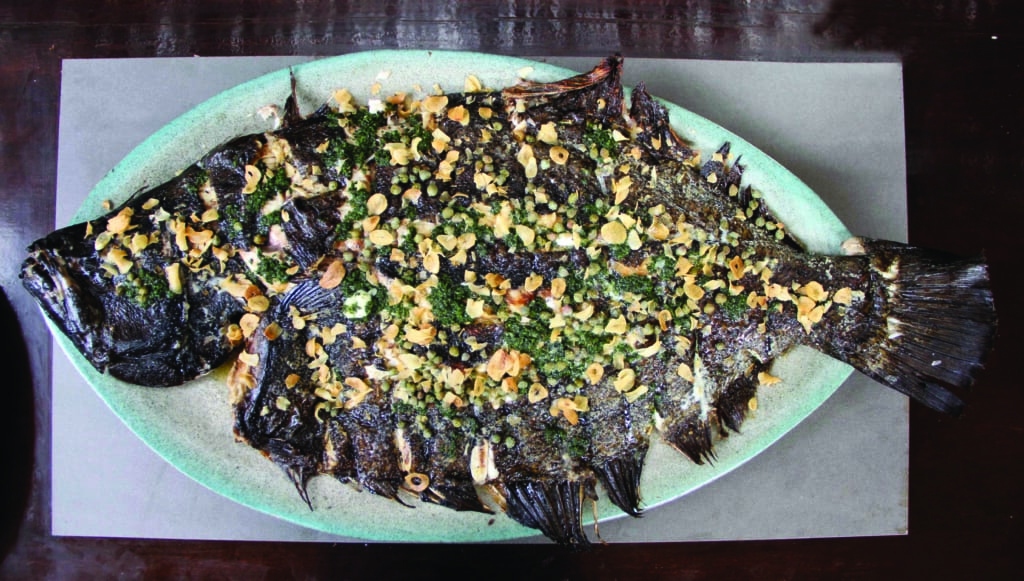
La Mar)
Another more approachable destination is Chef Jaime Pesaque’s Mayta. After leaving Spain’s two-time World’s Best Restaurant El Celler de Can Roca, Pesaque returned home to focus on elevated versions of Peruvian staples. Their lomo saltado, served with sunnyside up quail eggs and sous-vide steak, is the best these lips have ever tasted—and we sampled no less than a dozen versions across Peru. His take on arroz con pato, duck-fried rice emanating from Peru’s rich Chinese influence, is perhaps the most celebrated dish on the menu and centers on a confit of fall-off-the-bone duck leg.
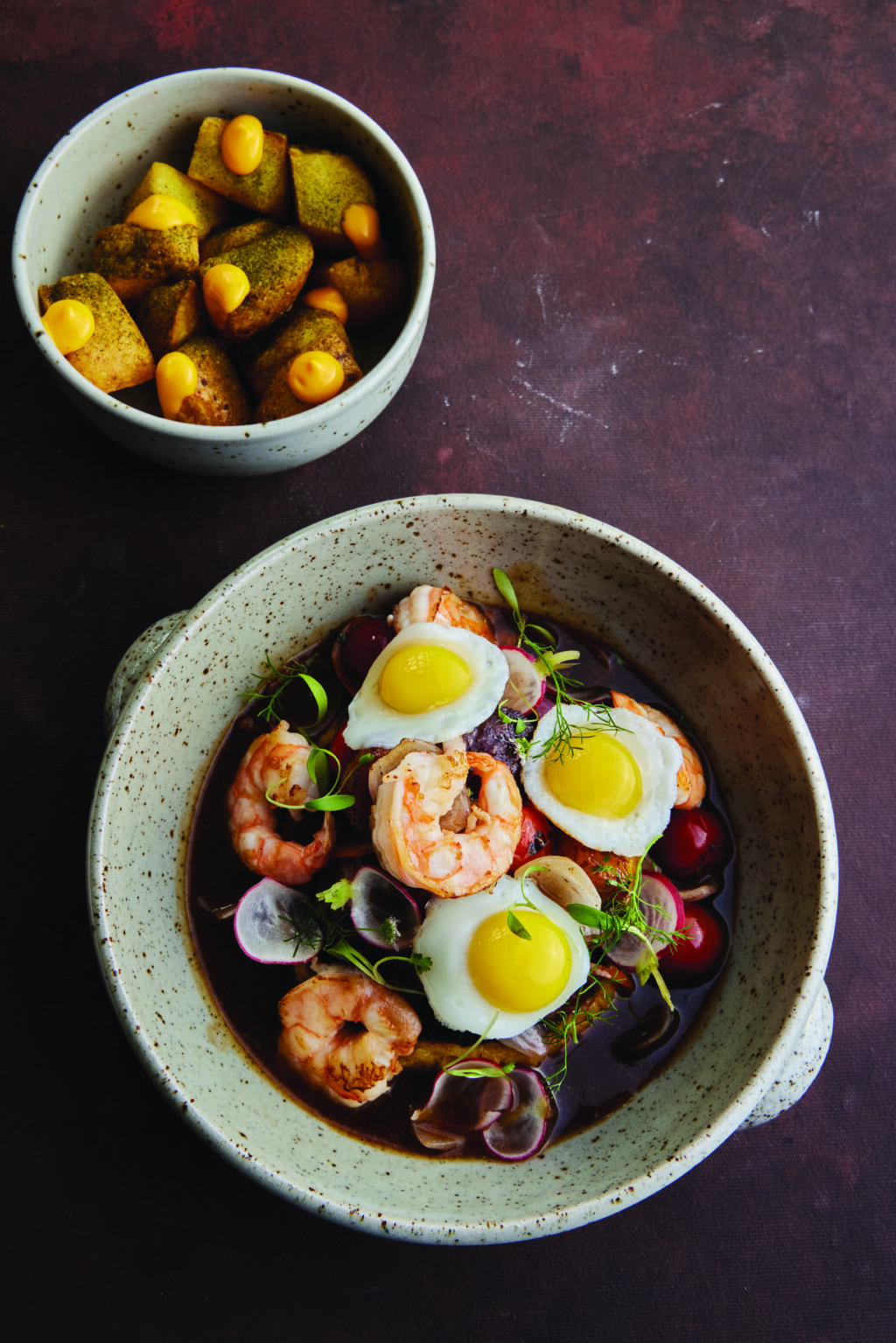
Peruvian staples
(Hotel B)
Despite its high-wattage superstar chefs, it’s critical to note Lima is not just about world-renowned POIs featured in Netflix documentaries. Humble picanterías serve delicious lunches to rushed working folk; street food vendors hocking churros, anticuchos (skewers of thinly sliced grilled beef-heart) and picarones (deep fried sweet potato donuts drenched in cane syrup) will challenge even the most diligent dieter; countless cevicherias using seafood just pulled from the nearby Pacific line the streets of a bustling downtown.
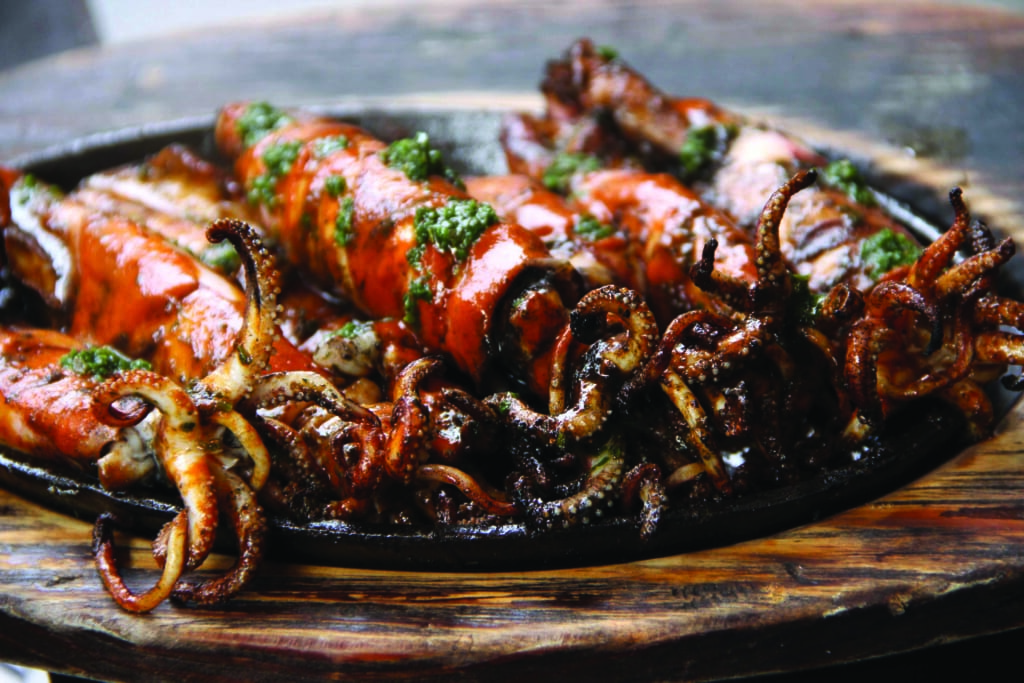
All over small cafés pour some of the best coffee in the world, while chocolatiers collect cacao from across Peru to offer a spectrum of flavors. A five minute walk from Relais & Châteaux’s Hotel B—a gorgeous Belle Époque mansion that offers superb pisco cocktail classes—stands a two-story café/school combining the love of both of these delicacies. The brainchild of American Amanda Jo “AJ” Wildey and Chilean business partner Felipe Aliaga, El Cacaotal is to chocolate and coffee what the Uffizi is to Italian art.
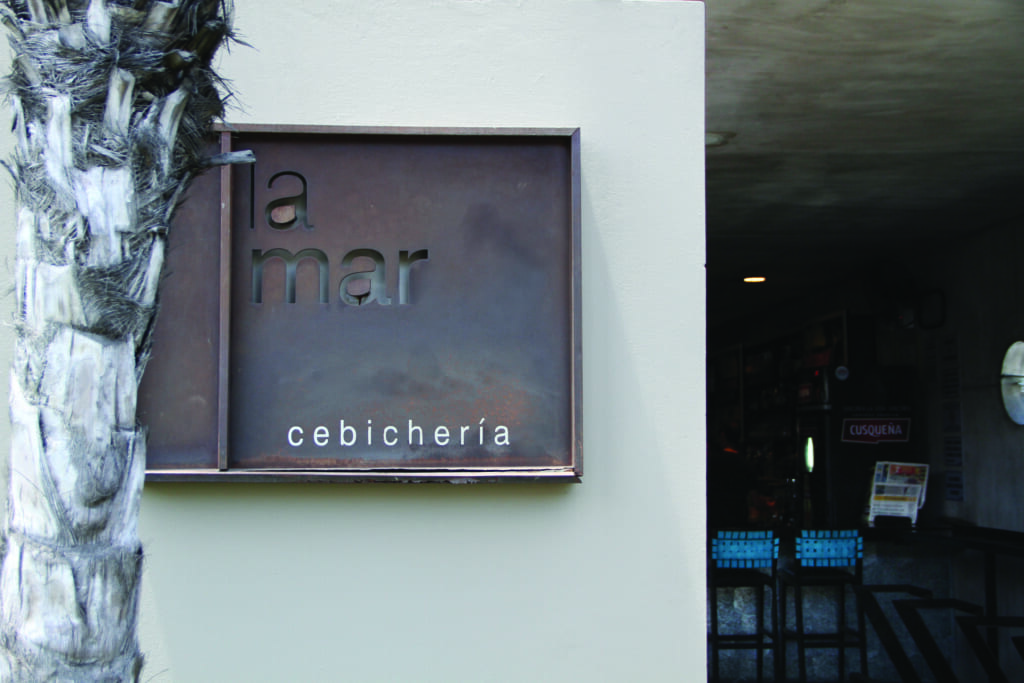
“We’re snobs about chocolate and coffee, but we’re not snobby about who comes,” Wildey smiles as she runs through one of El Cacaotal’s popular tastings. “The minimum requirement we ask is have an open mind and be willing to explore.”
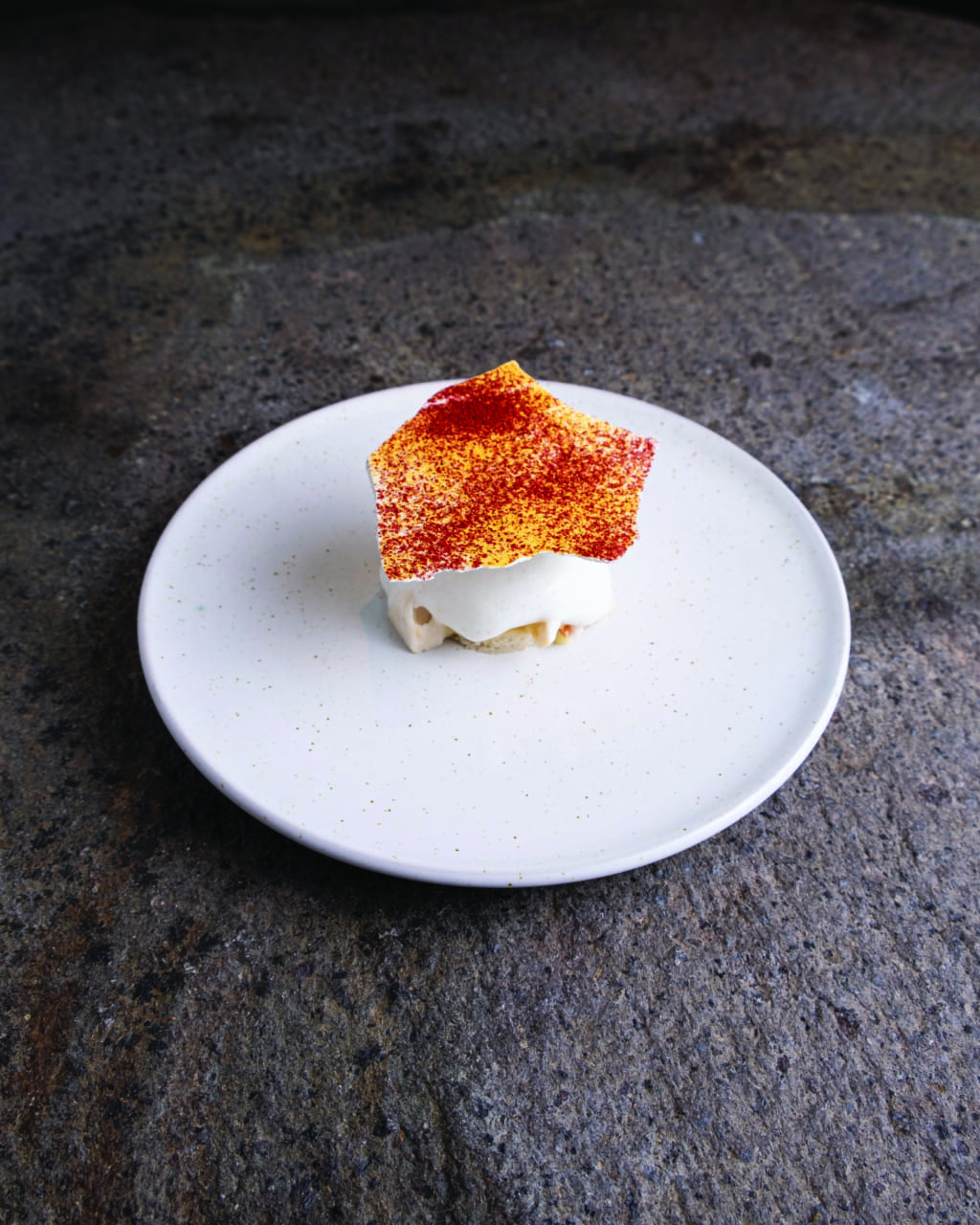
Under this rubric of delicious illumination El Cacaotal offers a gamut of ways to interact with both chocolate and coffee. You can simply order a cup of joe (always served without sugar “to taste the beans in their most natural state”) or peruse their stunning collection of small batch Peruvian chocolates.
Or participate in one of its robust tastings replete with Wildey and Aliaga handpicking the perfect coffee to match their most extravagant cacao options. Whether you’re an uber bean nerd or simply a Snickers lover trying to elevate your game/palate, you will find something to love at El Cacaotal.
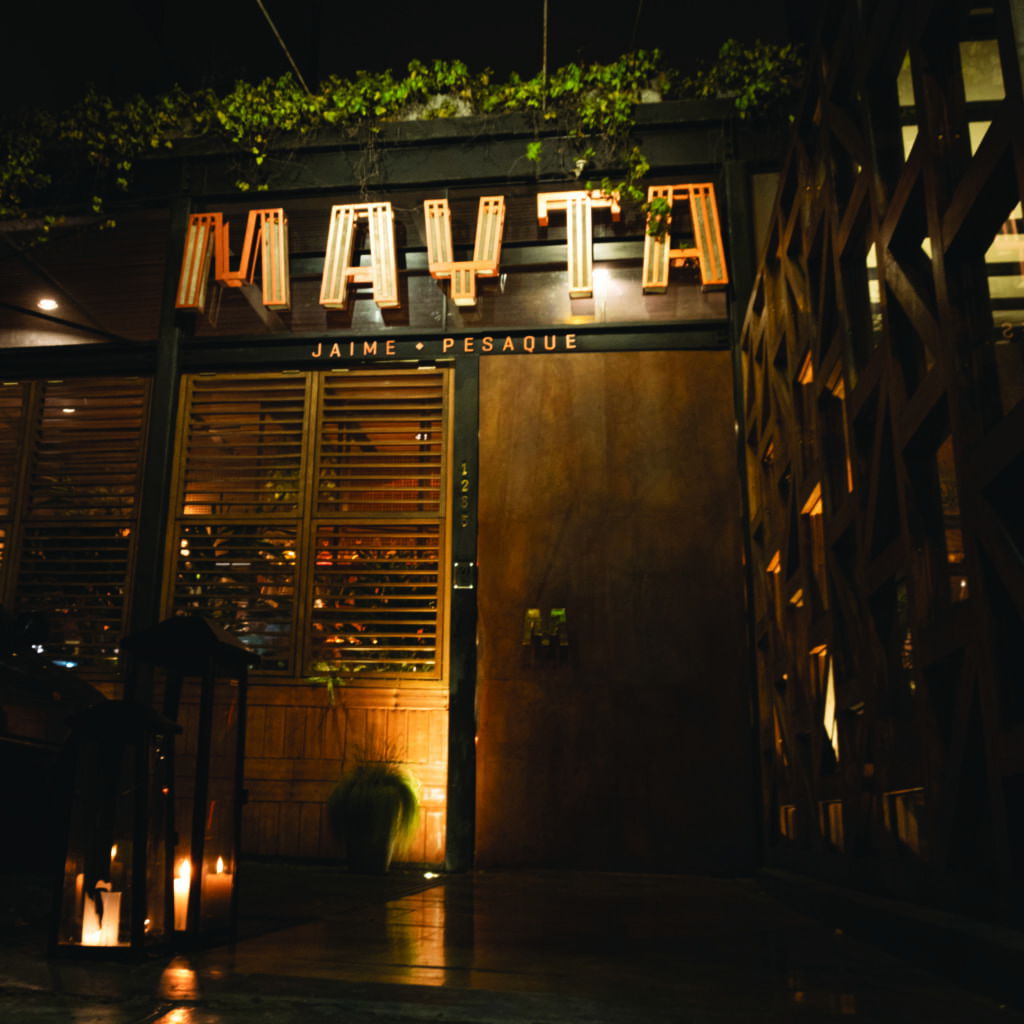
After you’re done recharging on arguably the world’s best coffee, step outside into the bustling streets of Barranco. As legend suggests hold your breath crossing the ‘Puente de los Suspiros’ connecting two hills of Barranco and make a wish at the end. Grab a beer at any of the charming tile-floor bars you’ll encounter along the way. Keep strolling till you hit the Malecón, a curvy promenade that runs along the cliffs that define Lima.
Staring at the crashing waves of the Pacific far below, snacking on a sizzling anticucho we just couldn’t resist, Martínez’s words about the bounty of this country once again bounce back in my head. “Food is always very present here, and that impacted me a lot about this country… our geography and our way of seeing the planet is different. It is something that is not mine, it is the Andean mountain range,” Martínez told us when trying to explain the ancient, esoteric fabric that weaves Peruvian cuisine.
“We are talking about thousands of years of things that have happened in our history—and that is why I wanted to get away from trends. When you disconnect from everything you have seen and are used to you find something new, that has been there for years, that really has logic. And that is why it is preserved to this day.”
Where to Stay in Lima
Miraflores Park, A Belmond Hotel
Rising from the sheer cliffs that define Lima’s coast, Miraflores Park, A Belmond Hotel is Lima’s most luxurious hotel. Along the Malecón‚ the cliffside promenade that runs along the coast, means you’re only moments away from one of the most beautiful jogs in Peru. Their Penthouse Presidential Suites boast marble bathrooms, king size beds, huge terraces with private plunge pools and even in-room saunas to relax in after a long day eating your way through Lima.
Hotel B
A brisk 20 minute walk towards the trendy neighborhood of Barranco—if Miraflores is Lima’s Santa Monica, consider this Venice Beach—the Hotel B captures the elegance of a foregone era sheathed in modern art and amenities.
Lima’s only Relais & Châteaux hotel was built in a gorgeously renovated Belle Époque mansion whose bar is one of the hottest spots in Lima. If you want to learn more about pisco, sign up for cocktail classes to learn the secrets of Peru’s superb spirit from their master mixologists.
Follow our Contributing Spirits Editor on Instagram at @nickstecher and @boozeoftheday.
